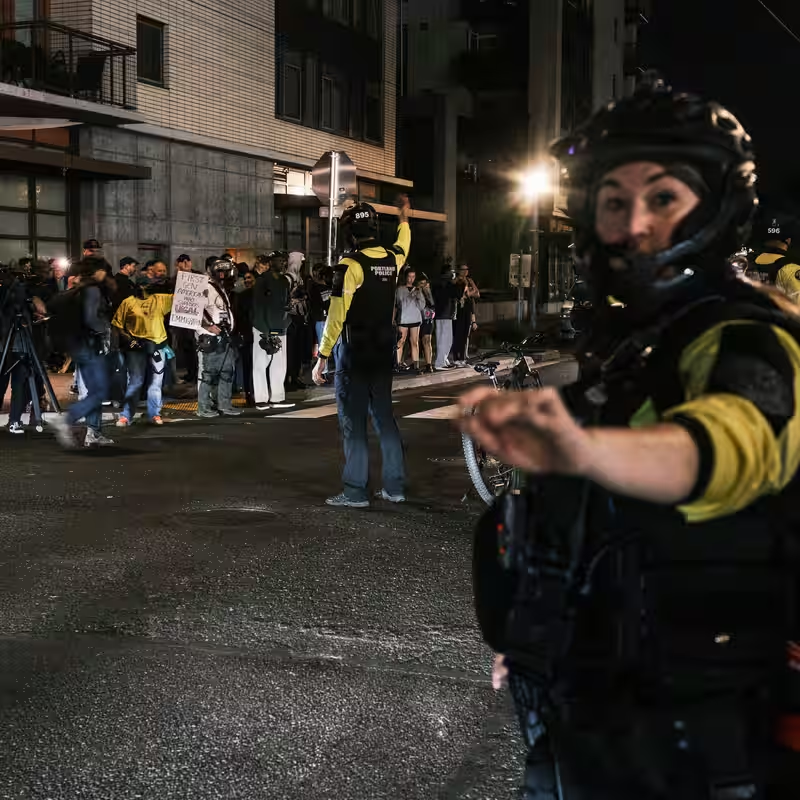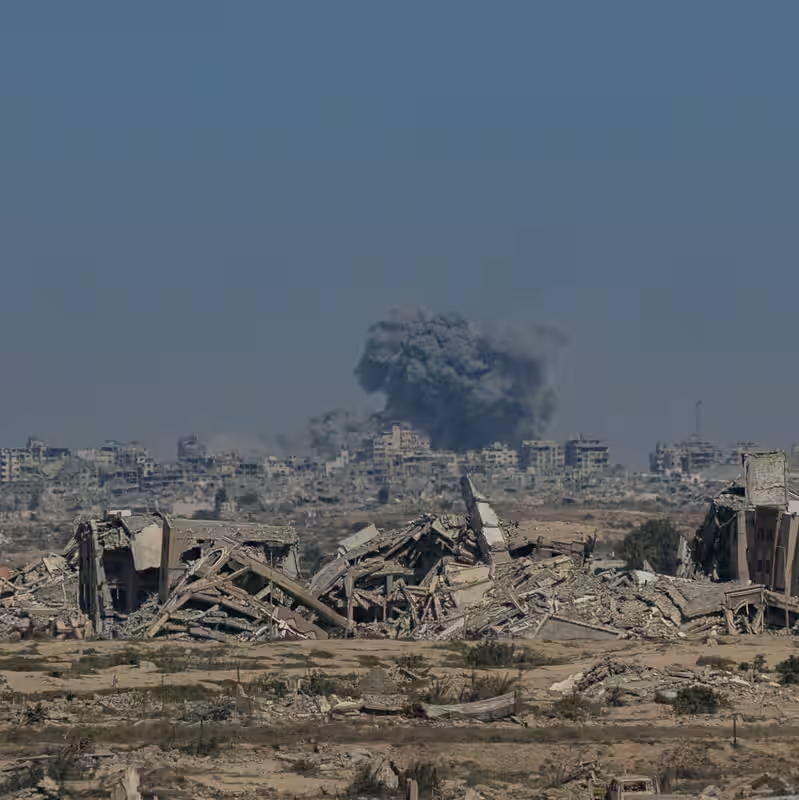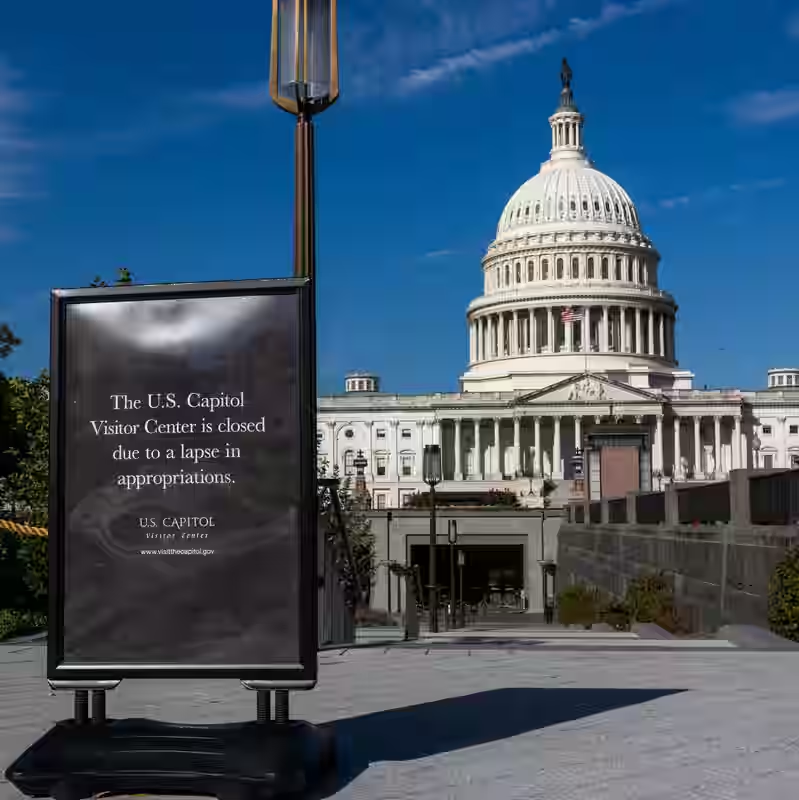Table of Contents
- What Happened at the Ninth Circuit Hearing?
- Trump’s Original Plan to Send in the Guard
- Why a Federal Judge Initially Blocked the Deployment
- Key Questions from the Appeals Panel
- Past Uses of the National Guard in Civil Unrest
- What Happens Next in the Legal Battle?
- Sources
What Happened at the Ninth Circuit Hearing?
In a pivotal hearing this week, a three-judge panel from the U.S. Court of Appeals for the Ninth Circuit signaled it may overturn a lower court’s order blocking President Trump from deploying National Guard troops to Portland, Oregon. The judges—appointed across Democratic and Republican administrations—pressed attorneys on the limits of presidential power and the definition of “imminent threat,” suggesting skepticism toward the original injunction.
The case centers on whether the president can unilaterally activate federalized National Guard units for domestic law enforcement without clear evidence of insurrection or state consent. The National Guard Portland deployment has been on hold since a federal district judge ruled in August that the move likely violated the Insurrection Act and the Posse Comitatus Act, which restrict military involvement in civilian policing.
Trump’s Original Plan to Send in the Guard
The Trump administration argued that persistent protests, vandalism, and alleged threats to federal property in downtown Portland—including the U.S. courthouse—constituted an “imminent threat” justifying military intervention. In July 2025, the president announced plans to federalize Oregon National Guard units and deploy them alongside federal agents to “restore order.”
However, Oregon Governor Tina Kotek strongly opposed the move, stating her state was “fully capable” of managing public safety and that federal troops would escalate tensions, not quell them.
Why a Federal Judge Initially Blocked the Deployment
U.S. District Judge Adrienne Nelson, in her August ruling, wrote that the administration failed to demonstrate the kind of “clear and present danger” required under the Insurrection Act. She also noted that using the National Guard for routine crowd control blurred the line between civilian law enforcement and military force—a line the U.S. legal system has long sought to preserve.
Key Questions from the Appeals Panel
During oral arguments, the Ninth Circuit judges zeroed in on two critical issues:
- Who defines “imminent threat”? One judge asked whether courts should defer to the president’s assessment of danger to federal property.
- Is federalization lawful without state consent? Another questioned whether the administration bypassed proper channels by overriding the governor’s authority.
Notably, none of the judges expressed strong support for the lower court’s blanket injunction, with one calling it “overbroad” given the factual disputes involved.
Past Uses of the National Guard in Civil Unrest
The use of the National Guard in domestic settings isn’t new—but it’s typically done with state approval. Key historical examples include:
| Year | Event | Deployment Type |
|---|---|---|
| 1965 | Selma to Montgomery Marches | Federalized by LBJ to protect civil rights marchers |
| 1992 | Los Angeles Riots | Activated by CA governor; later federalized by Bush Sr. |
| 2020 | George Floyd Protests | Deployed by dozens of governors; Trump threatened federalization |
What Happens Next?
A ruling from the Ninth Circuit is expected within weeks. If the panel lifts the injunction, President Trump could move forward with the National Guard Portland deployment—though legal challenges would likely continue up to the Supreme Court. Meanwhile, civil liberties groups warn that normalizing military presence in U.S. cities sets a dangerous precedent for democratic norms.



